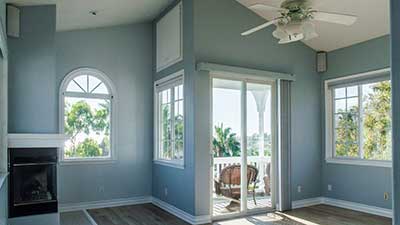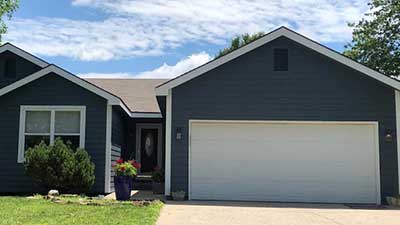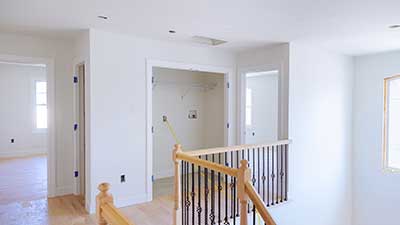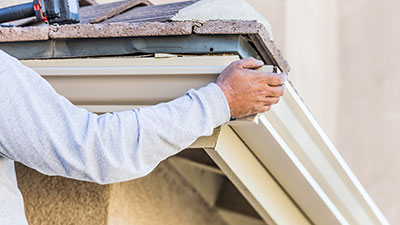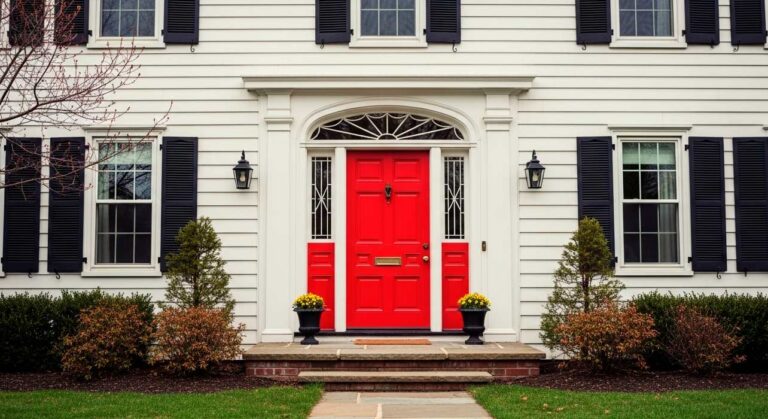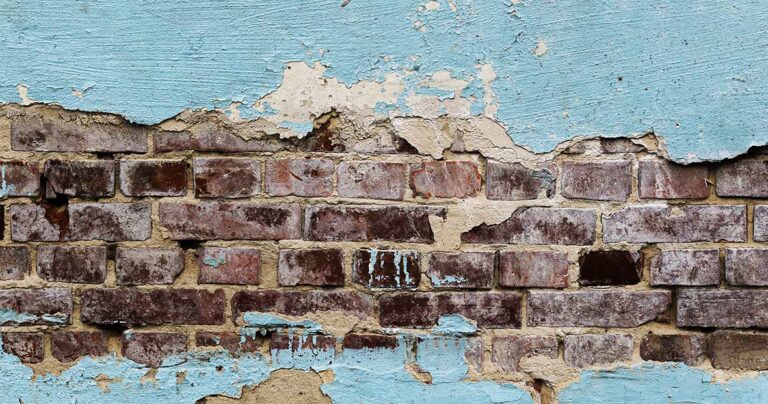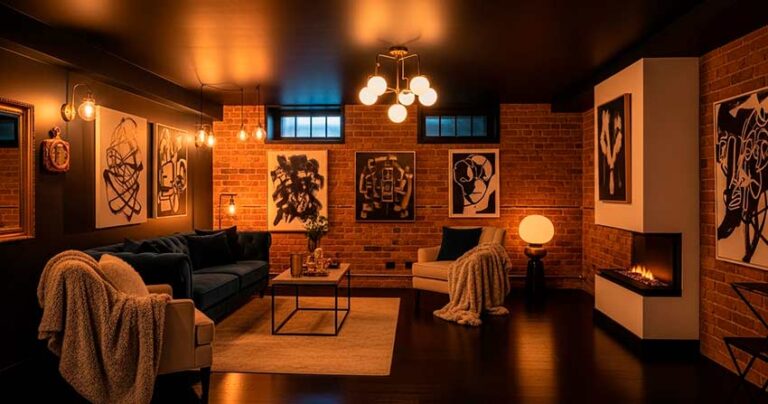Get a Quick Estimate Online (2 Minutes)
It is not uncommon for a customer to see a painting quote and decide to paint for themselves.
Have you considered the opportunity cost though?
Let me walk you through an example and try and give you a new perspective:
A 1500 sq ft home can cost around $4,000 (walls only). What does this cost you?
- Paint – $800 for a mid grade paint
- Sundries – $250 (Tape, drop cloths, brushes, rollers, etc)
- Remaining cost – $2950
This project would take a professional crew approximately
- 60 hours to complete, or 3-4 days (2 people)
Common estimates for amateur painters are double this amount.
This means you and another person would need to work 120 hours, or 4 full weekends in a row!
What is the value of your time?
If we look at the value of your time, this means you are working for approximately $24.58 an hour. This is also roughly the equivalent of a $51,000 salary.
Consider this – would you rather work your job or paint?
If you earn less than $51,000 a year, that choice seems easy.
For those that earn above that rate may find that working their job earns them more money per hour than painting themselves.
Plus, when you consider working 16 hour weekends then going back to work, just consider how it may negatively affect your work performance at your day job.
Are there exceptions? Of Course!
Maybe you enjoy painting, or just have a long period of time off of work where you don’t have the option to work more hours for more money.
This is merely to provide a different perspective.
Finally, some just review this information and decide not to paint altogether.
After all, do you actually NEED to paint?
Interior, not necessarily. It’s mostly aesthetic.
What is the Cost of a Mistake?
Something else to keep in mind is what if your painting project doesn’t go 100% as planned?
Something many DIY painters don’t take into account is that when you decide to paint it yourself, you take on the outcome good or bad and the cost of fixing any mistakes.
There are tons of potential things that could happen, but some typical things could be:
- You don’t sufficiently prep your surfaces and end up getting paint on your carpet.
- Your “cut-ins” aren’t perfect and you accidentally paint the trim or ceiling.
- You paint over cracked drywall or rotting wood and it starts chipping off shortly afterwards.
- You start painting directly over a bold color without primer and need to buy more paint to do it over again.
This is just a shortlist, but the takeaway is that YOU are the one that ends up needing to fix the problem, buy more supplies and dedicate more time and money than expected.
When you hire a professional painter like OnDemand Painters, they have insurance for big problems and ideally guarantees for their work. If there are unexpected costs or the scope of the project changes you need a partner you can trust to get the job done right.
If you live in the St. Louis or Chicago areas, contact us for a free quote and learn how much you can save with a quality paint job from OnDemand Painters.
Have you considered the color of your home office and the productivity it impacts?
If you haven’t had a chance to review our psychology of colors, check it out here.
Painting an office can cost as little as $300 – but what does 10 minutes more of productivity over the next 7 years yield you? That is approximately 1800 work days, or 300 hours of increased productivity. If you are in sales or an hourly worker, that’s like paying yourself 7,500 in income minus a $300 paint job. Who’d have thought?






